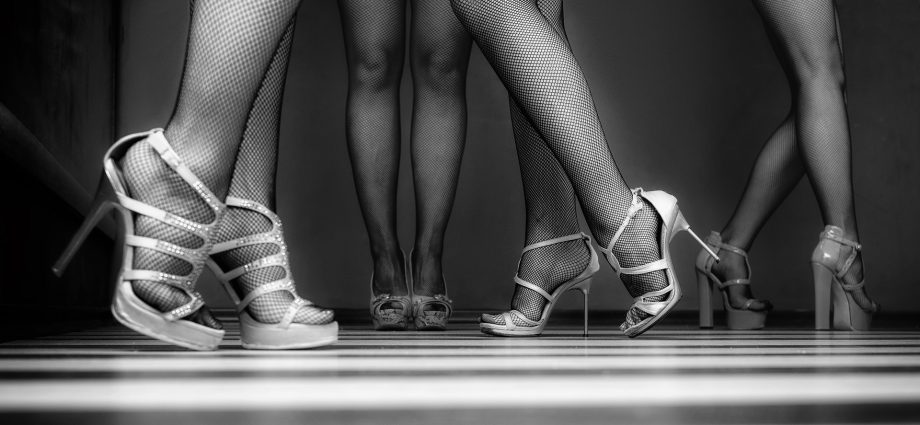It can happen, especially to women and especially if overweight, that feet and ankles swell and legs become tired and heavy, perhaps if you are in too hot and humid environments or if you wear shoes with heels that are too high. You might think that if you have these ailments, it is best to avoid walking and seek relief by resting, but it is not the ideal solution.
When for various reasons one is forced to remain in one position for a long time, standing or sitting, the advice is to change position and put the limbs in motion. When you are forced to stand for a long time, for work but also when waiting for the arrival of the bus in the sun, contract and release the calf muscles to help relieve swelling in the legs because it favors the venous return of blood to the heart. This reduces venous stasis, which is responsible for swelling in the lower leg, and thus improves the feeling of heaviness in the legs. On the other hand, if you are forced to sit for many hours, for example, while traveling by plane, try to lift your limbs by placing your feet on a small ridge or cushion.
Venous stasis, or stagnation of blood in the veins, is due to the loss of elasticity of the vein walls, which alters the mechanism of blood return from the lower limbs to the heart and lungs. This determines the formation of varicose veins. Varicose veins are caused by diseases of the superficial venous system of the lower limbs, including telangiectasias, i.e. the dilation of small venules that become swollen and painful. The characteristic tortuous shape and bluish color of the varicose veins are due to the loss of elasticity and venous stagnation, due to the fact that the veins and venules dilate permanently, swelling and becoming painful to the touch.
Venous system disease can be associated with an alteration of the lymphatic system of the lower limbs which contributes to increasing the swelling of the varicose veins and the heaviness of the legs, with nocturnal cramps, itching, and pain in the lower limbs. There are risk factors that predispose to superficial venous system diseases, such as age and family history. If there are cases of varicose veins in the family, the risk of developing the disease increases, especially if other factors like obesity and overweight, smoking, and a sedentary lifestyle are not kept under control. Finally, even work activities that require standing for a long time, especially in hot and humid environments, increase the risk of developing venous disease.
Although there is no method that can prevent the appearance of varicose veins, some behaviors, adopted at any age, help improve blood circulation in those suffering from varicose veins and reduce the risk of loss of elasticity of the veins:
- Keep active and exercise regularly: walking, swimming, and cycling are activities that help circulation and weight loss.
- Control your weight, avoid overweight and obesity.
- Follow a healthy diet: hot season can be an opportunity to increase the consumption of foods with a high fiber content such as vegetables and fruit, and whole grains (spelled, barley, brown rice, millet). Avoid too salty foods.
- Choose the right shoes: in hot weather, it is better to avoid prolonged use of high heels, which help to increase venous stasis
- Reduce or avoid cigarette smoking, a risk factor for venous system diseases.
- Change your position often: sitting or standing for too many consecutive hours, in fact, worsens the symptoms of varicose veins.

